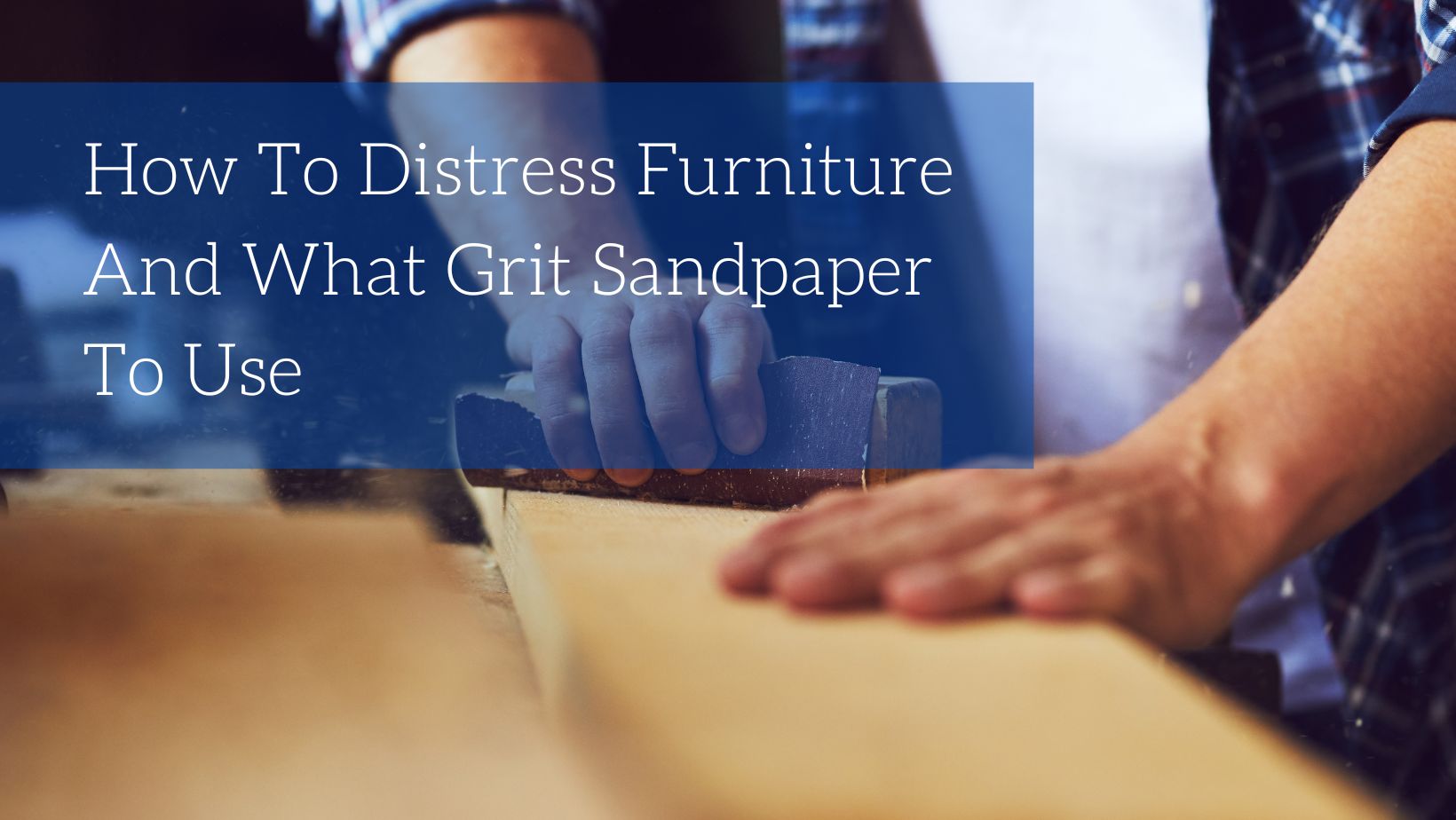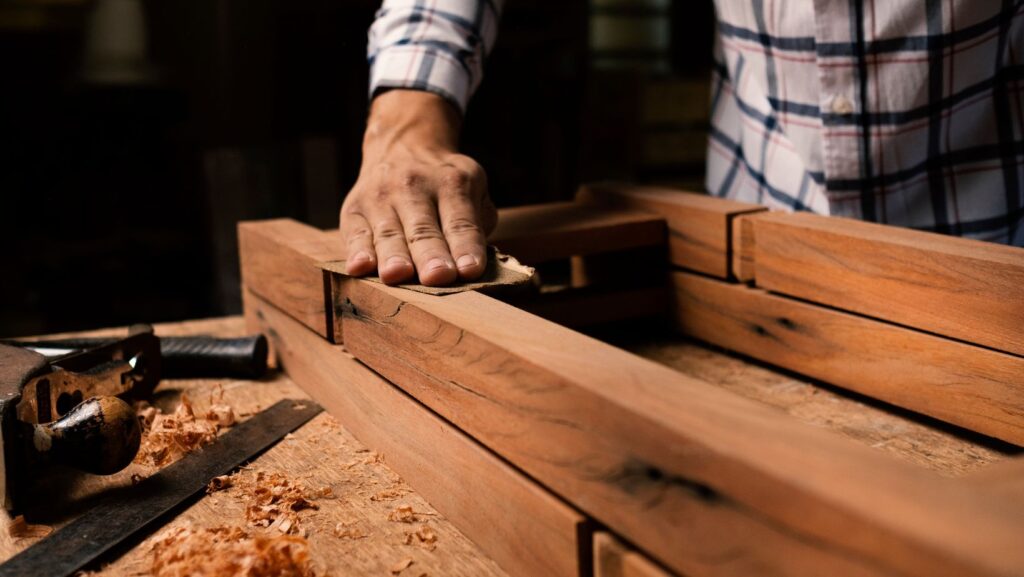Distressed furniture is all the rage these days. It gives a piece of furniture an aged, rustic look that can add a lot of character to a room. And the best part is you can easily distress furniture yourself! If you’re looking to add a little bit of distressing to your furniture, here are the steps you need to take to achieve the perfect distressed look.
What Materials Will You Need
- Satin latex paint
- Wood stain
- Candle wax
- Steel wool
- Sandpaper
What Grit Sandpaper Will You Use
Sandpaper grit is a measurement of the size of the abrasive on it. The lower the grit number, the bigger the abrasive bit size; the higher the number, the smaller the abrasive bit size.
Thus, a higher grit number results in finer and smoother sand on wood, whereas a lower grit number results in rougher sand that removes more substance more rapidly.
Choose a higher grit rating sandpaper grade for your distressing job, preferably in the 120-grit to 200-grit range. You want to remove part of the paint from the wood, but not all of it. A sandpaper with a lower grit level will remove too much wood with the paint.
Steel wool is another alternative that may be used in addition to sandpaper rather than as a substitute. For example, if you used two shades of paint and added wax over the top coat, you should use steel wool to remove the painted-over wax before finishing the area with a light sanding with a high-grit paper. The first coat will show through and give you the desired aging look.
How to Distress Furniture
- Sand the furniture you wish to distress lightly. Sand all surfaces thoroughly if the piece already has a finish, then wipe it down with a tack cloth.
- Use the base coat color of your choice to paint the whole piece.
- When the base coat is complete, begin sanding off spots that would naturally end up distressed — places where hands would have handled it, or corners that might easily be nicked — to get the bare-wood effect. Then rub candle wax over the spots where you want the color to shine through.
- To get the bare-wood effect, stop sanding before going too far, and then clean the whole piece with a tack cloth. Paint the base coat and cover everything thoroughly. After the paint has dried, wipe the steel wool over the waxed areas, then wipe it with the cloth.
- If desired, apply a finish.
Distressing furniture can be a fun, easy way to give your home a unique look. With just a few simple steps, you can create an antique or rustic piece of furniture that will add character to any room. Plus, when you finish distressing your own furniture, you’ll have a one-of-a-kind piece that nobody else in the world will have. How cool is that?











